All present weirdness considered, Surrealism and the dreams of women are pretty apt territory for an haute couture collection of Spring 2018. Maria Grazia Chiuri’s feminist research instincts took her there as she read up on Leonor Fini, one of the avant-garde artists Christian Dior chose to exhibit in the gallery he was involved with before he became a couturier. What captured Chiuri’s attention, and admiration, was how Fini used clothes and extravagant headdresses to “produce” her identity. “She used her image to be regal and powerful. Surrealism speaks about dreams and the unconscious, and often about women’s bodies. It’s very close to fashion.”
Surrealist symbolism—the black-and-white checkerboard runway, and the bird cages and faux plaster casts suspended over it, made the set. Stephen Jones created the delicate eye masks in homage to Peggy Guggenheim, who exhibited Fini in her 1943 show, “Exhibition of 31 Women Artists.” And so, the clothes: also mostly black and white, interspersed with sprinklings of silver and gold.
In the light of the #MeToo and Time’s Up campaigns sweeping Hollywood, the sudden necessity for black awards-season eveningwear wasn’t lost on the audience. Haute couture is a practical service to women in the acting profession, as well as a conduit for high-level fantasy dressing. Potentially, that makes for a widening contradiction, a question mark over what becomes a serious woman best on the red carpet. Chiuri has clearly been thinking about that widening contradiction. “We have to think about dreaming,” she said. “In a way, it [haute couture] is our business. But if you never dream, you don’t think that something negative can change.”
Her persistence in speaking as a feminist has put Christian Dior in a favorable position as far as the optics of politicized brand choices are concerned. Those who feel trouser suits are a better option for an awards appearance will be pleased. Her pants looks ranged from white ottoman bar-jacketed suits to a black tuxedo covered with a dramatic cloak at the finale. Long, black tailored coatdresses struck an alternative sober note of elegant restraint.
In between, there were the many, many dresses: a particularly beautiful black halter-neck, decorated with white feathered butterflies on the front; a delicate cloudy ecru chiffon dress with long sleeves and smocking on the shoulder; a black-and-white curved optical printed gown with black gloves for shoulder straps—these stood out. As for the woman-as-bird-cage trope, though? The reference might’ve related back to a 1930s Surrealist metaphor, but in this day and age? In the yesteryear of 2016, the framing of young actresses in transparent dresses had become almost the industry norm. Doesn’t matter if they’ve got big underwear on beneath, really. Surely, it’s just become one of the things we’re all seeing through now?

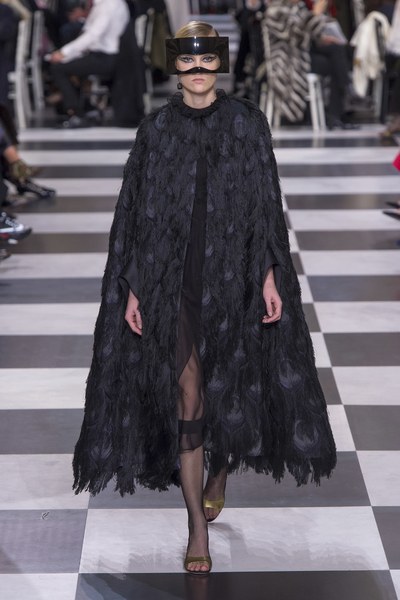
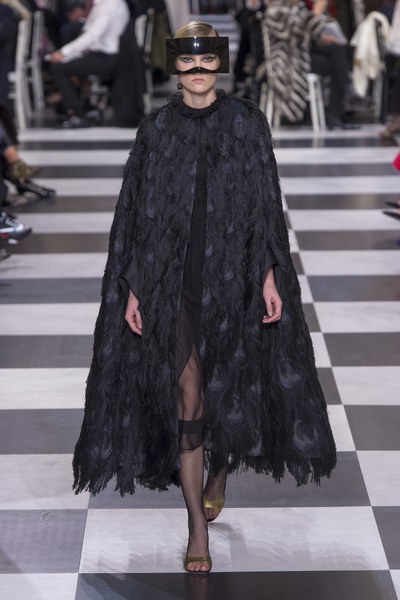 Pixie” Colman Smith’s
Pixie” Colman Smith’s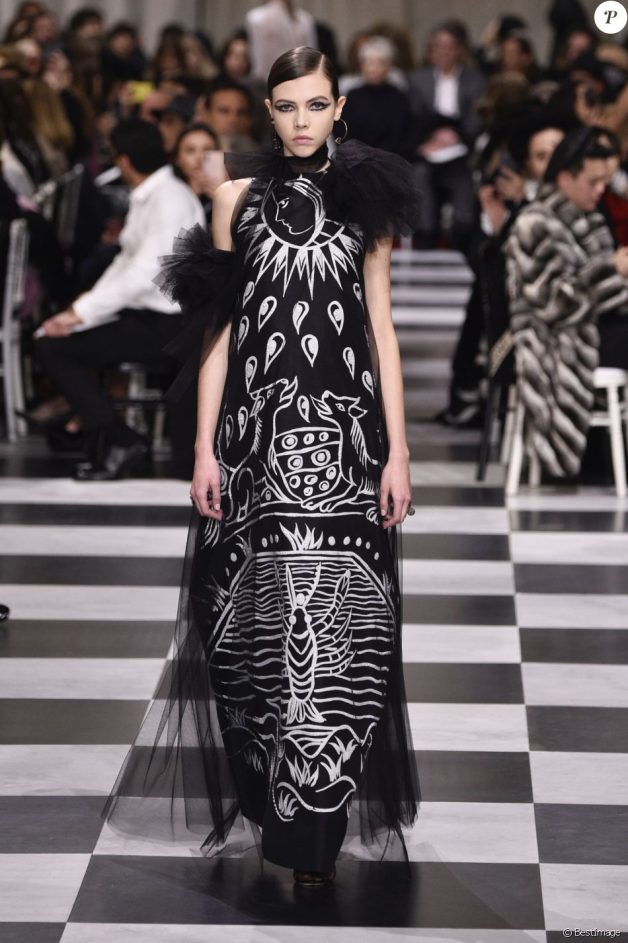
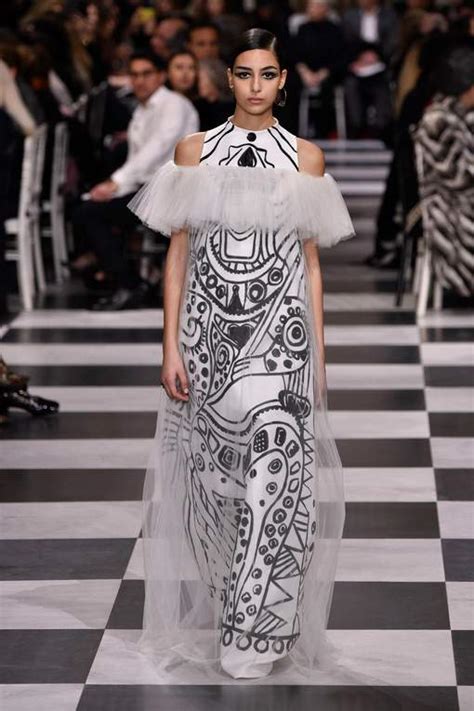
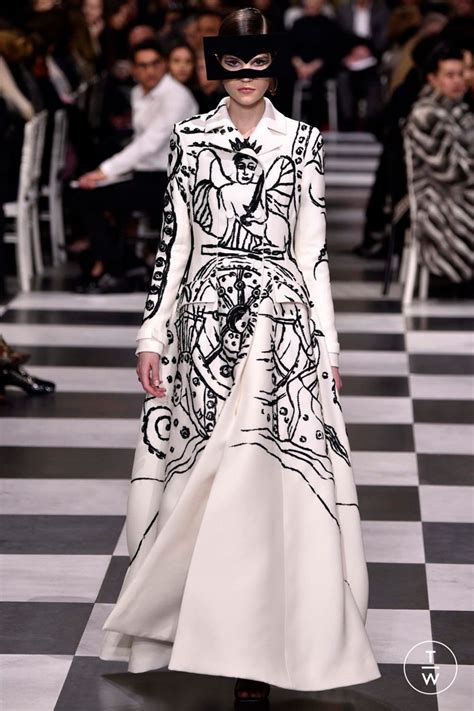
thanks dude!